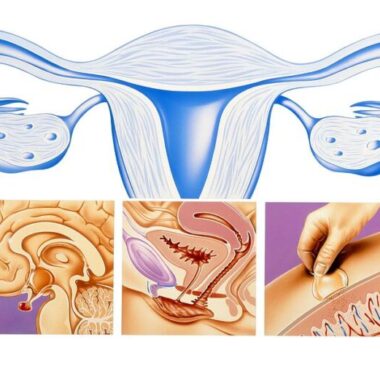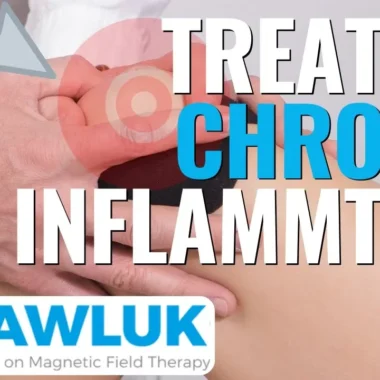Healing with PEMF Therapy

SETTING A HEALING TIMELINE FOR PEMF TREATMENT
One of the most common questions people have before starting PEMF therapy is about how quickly they will see results. The answer is dependent on a variety of factors and is impossible to predict with any great precision. That being said, we can usually help people manage their expectations and make an estimate as to when they may be able to expect some improvement by setting a healing timeline.
Determining when a person will feel better begins with understanding how PEMF therapy works when applied to various health conditions, and understanding the overall health of the person being treated. Device selection is exceptionally important to achieving the best, fastest, most sustainable results from your system.
Many people experience tremendous results within the first week or two of using their system. For some people, results come more slowly, and we can react to that by fine-tuning the treatment protocol. The body takes time to heal once it is given the appropriate signal or stimulus. A fracture, for example, will take 8 to 12 weeks to heal to a point where the bone can be used. This does not mean the healing process is complete, but just that the body part is usable once again. Magnetic therapies can speed the healing rate, but they cannot work miracles. Illness is rarely, if ever, an instantaneous happening—the same is true of healing. We did not get to our current health state overnight, and we are unlikely to heal overnight.
IMPROVEMENT AND HEALING WITH PEMF THERAPY
Setting a healing timeline and having proper expectations is important in the use of PEMF therapies. If you are depressed or anxious, for example, small health improvements may seem inadequate. To set realistic expectations, we must first understand the nature of the problem, the depth of the damage or dysfunction, the types of tissues involved and their respective regeneration potential, and the age of the person. In many cases, people don’t necessarily notice a huge improvement in symptoms day to day, but when they look back over a week or a month, they realize they have improved significantly.
Even if PEMFs are not likely to reverse a dysfunction, they can stall or slow the progression of a disease state. And for tissues that do not have regenerative capacities, PEMFs are still valuable in reducing pain, reducing swelling, improving circulation, and stimulating whatever regeneration may be possible.
Since many health problems for which PEMFs are being used are stubborn and chronic, it may take up to 6 months to achieve desirable results. If the treatment program is too gentle, or there is an inadequate amount of time spent on the system, results may not be seen in the first few months.
WHAT CAN PEMF THERAPY TREAT?
While the ways in which the body heals itself are known, there are various places in the healing process where the body may get “stuck”. This is where tissues are most vulnerable to the disease state progressing from acute to chronic. Cellular communication begins with a signal impulse and ends with a change in cellular behavior. When the cellular change is a destructive one, a condition can become chronic. Reestablishing normal cellular communication is the only way to combat the dysfunction.
Pain and inflammation are two of the most common conditions treated with PEMF therapies. Both can be categorized as either acute or chronic. Acute pain and inflammation in an otherwise reasonably healthy body will likely take care of themselves, though PEMF therapies are expected to streamline the process and speed up healing time. The earlier in the process you use PEMF therapies, the faster you will see results.
There are some health problems that cannot be corrected with PEMF therapy alone. One common example is with bone-on-bone arthritis in the knee or hip. In this circumstance, the damage is so extensive and so many tissues are involved that a joint replacement is often inevitable. Even in this situation, however, PEMF therapies can make a huge difference one way or another. If the magnetic therapy is not controlling the pain of the condition, it can assist the tissues to be as healthy as possible prior to having the joint replacement. After the surgery, the recovery time is expected to be shorter with the help of magnetic field therapy, and with a decreased risk of complications. In addition, some research and feedback from patients indicates that the prosthesis integrates better with the bone, making the new joint feel stronger. This osteointegration may also decrease the likelihood for future breakdown.
SENSITIVITY TO PEMF AND OTHER MAGNETIC FIELDS
Infrequently, we experience individuals who are extraordinarily sensitive to magnetic fields, and experience increased discomfort or other unpleasant symptoms. In these cases, PEMF therapy must be used “low and slow,” meaning with a low intensity, and short treatment times. In these cases, setting a healing timeline helps understand that benefits may be more difficult to achieve due to the appropriate and necessary intensities not being possible. Still, results can be dramatic. Most of these individuals need to be on a significant supplement and nutrition program to achieve the best results.
Research in the pain management program at Hopkins found that some individuals with chronic pain have personality traits that result in very poor treatment outcomes. These individuals often experience negative reactions even to placebo magnetic fields. When these patients are followed over time, some complain that their problems have been made worse by the (placebo) treatments. In these situations, it is not possible to please, and therefore PEMF therapy is not an appropriate treatment modality.










